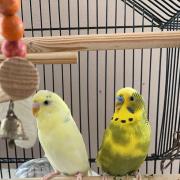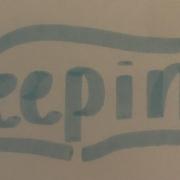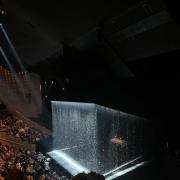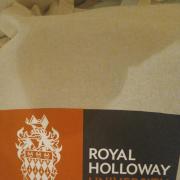
Nabokov and his Butterflies
Picture one of the most influential Russian authors of the 20th century, sneaking up behind a winged critter. Clad in the appropriate gear for such a past time, Nabokov clasps a butterfly catcher, whilst conjuring whatever classic is piqued by the sight of a butterfly, or by the thrill of catching one.
An author of such classics, Laughter in the Dark, Lolita, Pale Fire, to name a few, but also a part-time lepidopterologist, Vladimir Nabokov: what an eccentric individual he was. Butterfly catching was not a mere pastime for this novelist, it was a deep passion he held for the greater part of his life. Preserved in trays, cigar boxes and cabinets, each vial containing Nabokov’s findings labelled in the same handwriting that would have jotted the prose of Pnin. What a thought that Butterfly Genitalia, Nabokov’s particular interest, lies in the arms of the Harvard Entomology Departments, just as your local library holds many of his novels.
To think that during his time teaching English and Russian literature at Cornell, Nabokov frolicked in nature one holiday and fabricated Lolita. To think that he turned away a stylized drawing of a butterfly, a cover design for a novel of his, and commented that the butterfly looked too much like an ant. Literature and Butterflies run in duality, intertwined with each other in his world.
When thinking about the authors we read, we see some strange force or apparition just recording words that seem to reel you in, and make a profound ripple that seems to echo in your mind. All these authors bear their eccentricities and quirks, which is what makes them and their work the more intriguing.
Strange to think that eight years ago, scientists took intrigue to Nabokov’s hypothesis and classification system on Blue Butterflies, and proved it right.
“Literature and butterflies are the two sweetest passions known to man.”
-Vladimir Nabokov
Get your hands on a novel by Nabokov.


























